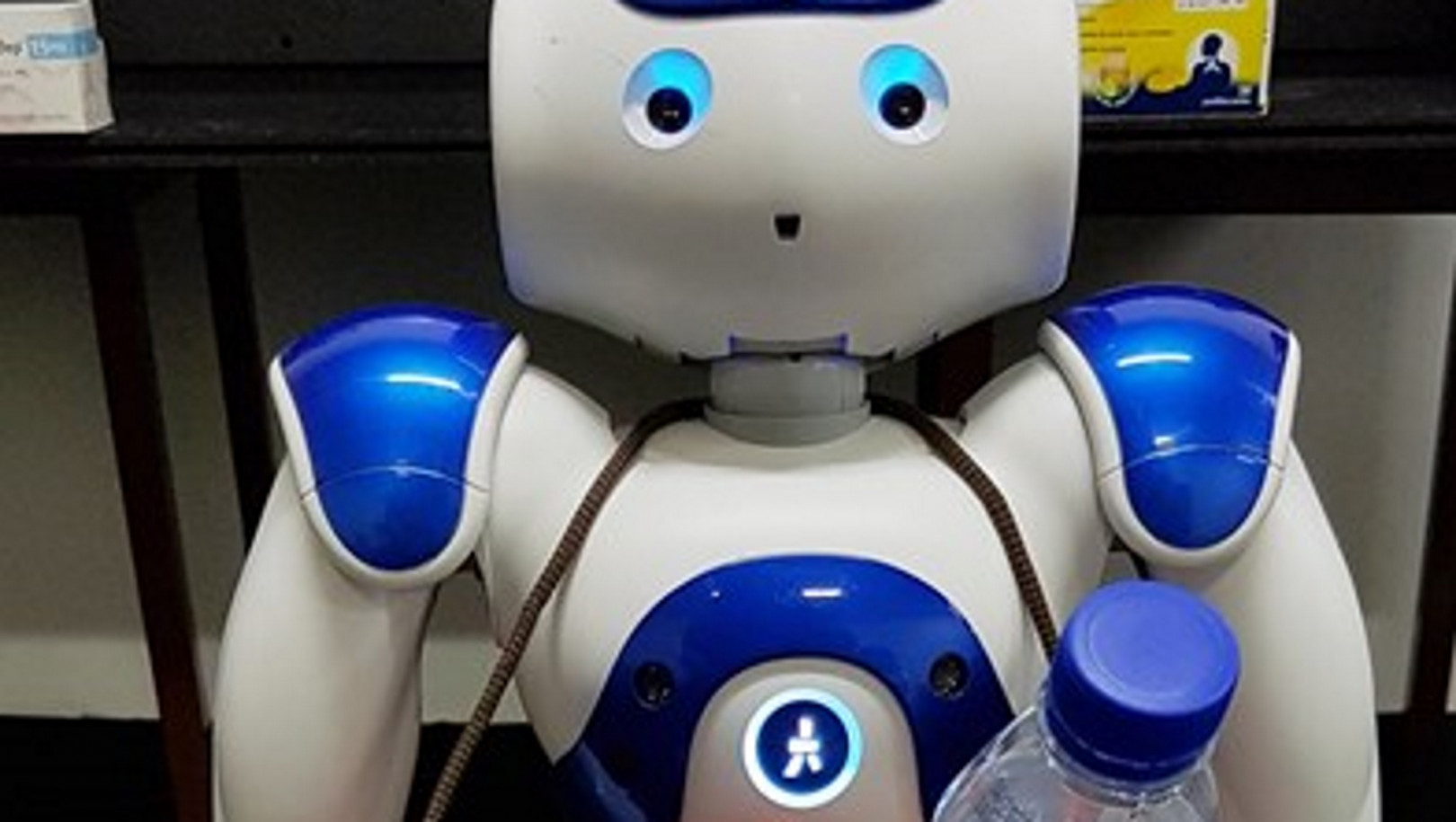INESC TEC’s project helps the elderly to take medicines
The prototype of a robotic system that helps the elderly to take medicines was one of the results of the collaboration between INESC TEC’s Centre for Information Systems and Computer Graphics (CSIG) and the Superior School of Health of the University of Trás-os-Montes and Alto Douro (UTAD), which took place under the NIE project - Natural Interfaces for the Elderly.
14th February 2019
The prototype of a robotic system that helps the elderly to take medicines was one of the results of the collaboration between INESC TEC’s Centre for Information Systems and Computer Graphics (CSIG) and the Superior School of Health of the University of Trás-os-Montes and Alto Douro (UTAD), which took place under the NIE project - Natural Interfaces for the Elderly.
According to data from the Statistics Portugal, in 2060 there will be a young person for every three older people, thus raising questions concerning the future role of the caregivers in the society. Therefore, this project aims at studying the natural forms of interaction between the elderly person and the robot, based on the human forms of communication, such as speech and gestures.
“We are not trying to replace the human contact, the robot will have to collaborate with the team of caregivers. This is a problem that already exists nowadays, namely in the Trás-os-Montes region, where there are many people that live alone, so introducing the robots won’t increase the problem”, explains Vitor Filipe, researcher from CSIG and Professor at UTAD. It’s in this reality that was born the idea of creating a robot that uses computer vision algorithms in order to recognise the packages, to identify people that take medicines and to help them in this task.
The robot uses two cameras in order to collect images and to assess the surrounding environment. The images are processed for the recognition of objects, packages, facial detection and person identification. The app stores all the information about the person, the medicines and the time for taking them in the database, so that the robot can act accordingly.
The developed laboratory prototype, which served as evidence of the concept, was based on the educational robot NAO that has a set of motors that control the articulations, thus allowing it to perform basic methods and to move around. In addition to this, it has cameras to assess the surrounding environment, as well as the ability to listen and to understand the human speech while also being able to communicate in several languages.
The researcher mentioned in this news piece is associated with UTAD.
Photo credits: UTAD


